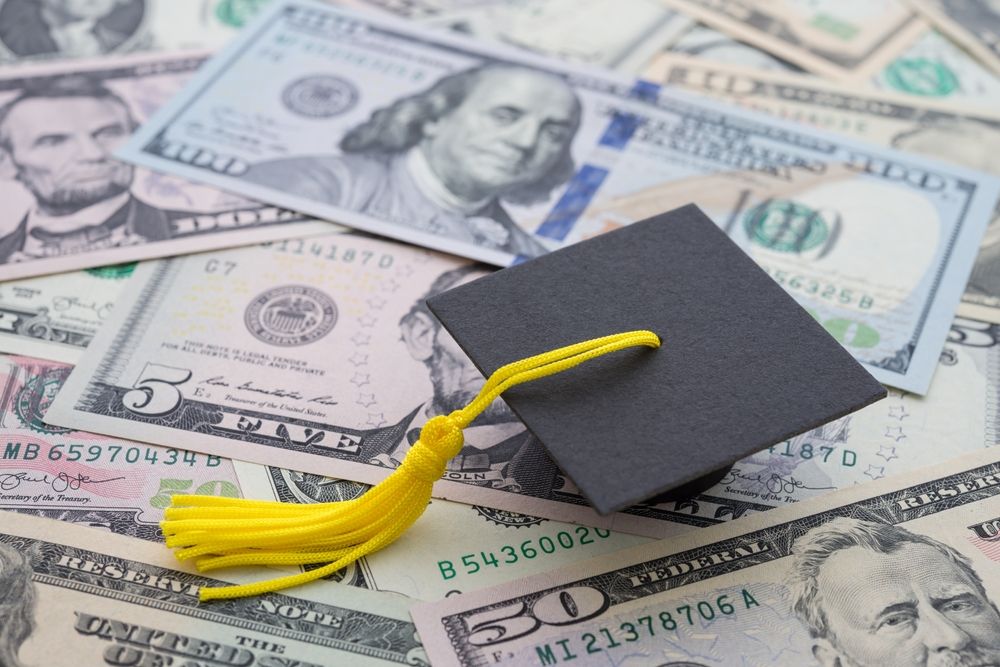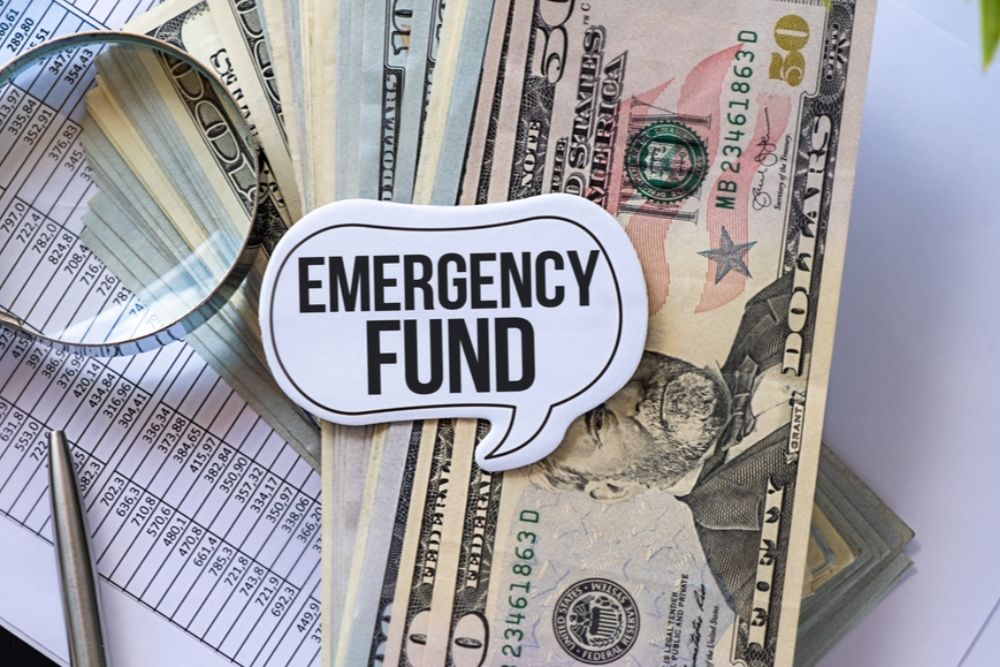With rising fuel prices, saving money on fuel is more important than ever. Whether you're commuting to work, running errands, or taking a long road trip, there are several simple, effective ways to maximize your vehicle’s fuel efficiency. By making some adjustments to your driving habits and vehicle maintenance, you can significantly reduce fuel consumption and save money. In this article, we’ll explore practical tips on how to save fuel and money while driving without compromising your safety or comfort.
1. Drive Smoothly and Avoid Rapid Acceleration
One of the most effective ways to save fuel is to drive smoothly. Rapid acceleration and hard braking use more fuel, as they cause your engine to work harder than necessary. Instead, aim to accelerate gently and coast to a stop when possible.
-
Tip: When driving, gradually press the accelerator instead of flooring it. Similarly, anticipate stops ahead, like red lights, so you can decelerate slowly without slamming on the brakes.
-
Impact: Driving smoothly can improve your vehicle's fuel efficiency by up to 30%, especially on highways.
2. Maintain a Consistent Speed
Constantly speeding up and slowing down is not only frustrating but also wasteful in terms of fuel consumption. The most fuel-efficient way to drive is to maintain a steady speed. Use cruise control when driving on highways to help maintain consistent speed and avoid unnecessary acceleration.
-
Tip: If your vehicle is equipped with cruise control, use it on highways and open roads. It helps you maintain a constant speed, reducing fuel consumption.
-
Impact: Consistent speed reduces fuel waste and improves overall fuel efficiency, especially on long trips.
3. Reduce Idling Time
Idling for long periods can waste fuel, particularly in stop-and-go traffic or when waiting for a passenger. Contrary to popular belief, restarting your car uses less fuel than idling for extended periods.
-
Tip: If you expect to be stopped for more than a minute or two, such as at a railroad crossing or in heavy traffic, turn off your engine and restart it when you're ready to move.
-
Impact: Reducing idle time can save up to 10% in fuel efficiency, especially in city driving conditions.
4. Keep Your Tires Properly Inflated
Under-inflated tires increase rolling resistance, which makes your engine work harder and reduces fuel efficiency. Ensuring your tires are properly inflated is a simple way to boost fuel economy and increase the lifespan of your tires.
-
Tip: Check your tire pressure regularly, at least once a month, and before long trips. Refer to your vehicle’s manual for the recommended tire pressure.
-
Impact: Properly inflated tires can improve fuel efficiency by up to 3%, and they also enhance the safety and longevity of your tires.
5. Lighten Your Load
The heavier your vehicle, the more fuel it requires to move. Carrying unnecessary weight, especially in the trunk, can cause your engine to work harder, which leads to higher fuel consumption. Roof racks and carriers can also increase drag, further lowering fuel efficiency.
-
Tip: Remove unnecessary items from your car, especially heavy objects that you don’t need for your daily driving. If you have a roof rack, remove it when not in use to reduce wind resistance.
-
Impact: Reducing your vehicle's weight and removing items that increase drag can improve fuel economy by several percentage points.
6. Drive at Moderate Speeds
Driving at high speeds increases wind resistance, which can significantly reduce your fuel efficiency. In most vehicles, fuel economy decreases rapidly at speeds above 50 mph (80 km/h).
-
Tip: Try to keep your speed within the posted limits and avoid excessive speeding. On highways, keeping your speed at around 55-65 mph is usually optimal for fuel efficiency.
ADVERTISEMENT -
Impact: Reducing speed can improve fuel efficiency by up to 15%, especially on long drives.
7. Limit Use of Air Conditioning
Using air conditioning can put extra strain on your vehicle's engine, causing it to burn more fuel. However, driving with the windows down at high speeds can also increase drag and reduce fuel efficiency.
-
Tip: Use air conditioning sparingly, and when driving at lower speeds, consider opening the windows for ventilation instead. On highways, it's usually more efficient to keep the windows up and use the A/C on a low setting.
-
Impact: Limiting A/C usage and using it strategically can improve fuel efficiency by up to 10%.
8. Plan Your Trips Efficiently
Combining errands and planning your trips carefully can help reduce the amount of time spent driving, thus saving fuel. Driving fewer miles and avoiding congested traffic can lower your fuel consumption significantly.
-
Tip: Try to consolidate errands into one trip and use route planning apps to avoid traffic and construction zones. If possible, avoid peak driving times when traffic is typically worse.
-
Impact: Reduced driving time and better-planned routes can save both fuel and money, while also reducing wear and tear on your vehicle.
9. Perform Regular Vehicle Maintenance
Keeping your vehicle well-maintained is essential for optimal fuel efficiency. Regular maintenance ensures that your car is running at peak performance and that there are no issues that could reduce fuel economy.
-
Tip: Keep up with routine maintenance like oil changes, air filter replacements, and spark plug checks. Also, have your vehicle’s fuel system inspected and cleaned regularly.
-
Impact: A well-maintained vehicle runs more efficiently, which can improve fuel economy and reduce the likelihood of costly repairs down the road.
10. Use Higher Gears When Driving
Driving in a lower gear for too long can increase engine RPMs and decrease fuel efficiency. Shifting to a higher gear when appropriate reduces engine stress and saves fuel.
-
Tip: When driving at higher speeds, shift into higher gears to keep your engine at a lower RPM. Pay attention to your vehicle’s performance and adjust gears smoothly to maintain efficiency.
-
Impact: Shifting to higher gears at the right time can help you save fuel and reduce engine wear, especially on highways.
11. Choose the Right Fuel
Some vehicles run more efficiently on higher-octane fuel, while others may not require it. Using premium fuel when it’s not necessary is an unnecessary expense and doesn’t necessarily improve fuel efficiency.
-
Tip: Refer to your vehicle’s owner’s manual to determine the type of fuel your car requires. Use regular unleaded fuel if your vehicle doesn’t specifically require premium.
-
Impact: Using the right fuel for your vehicle helps you avoid wasting money on unnecessary fuel costs.
Saving fuel and money while driving doesn’t require drastic changes to your lifestyle. By adopting a few simple habits, such as driving smoothly, maintaining your vehicle, and planning your trips efficiently, you can significantly reduce your fuel consumption and save money in the long run. Small adjustments can add up to big savings, making it easier to keep your driving costs under control while also being environmentally conscious.




